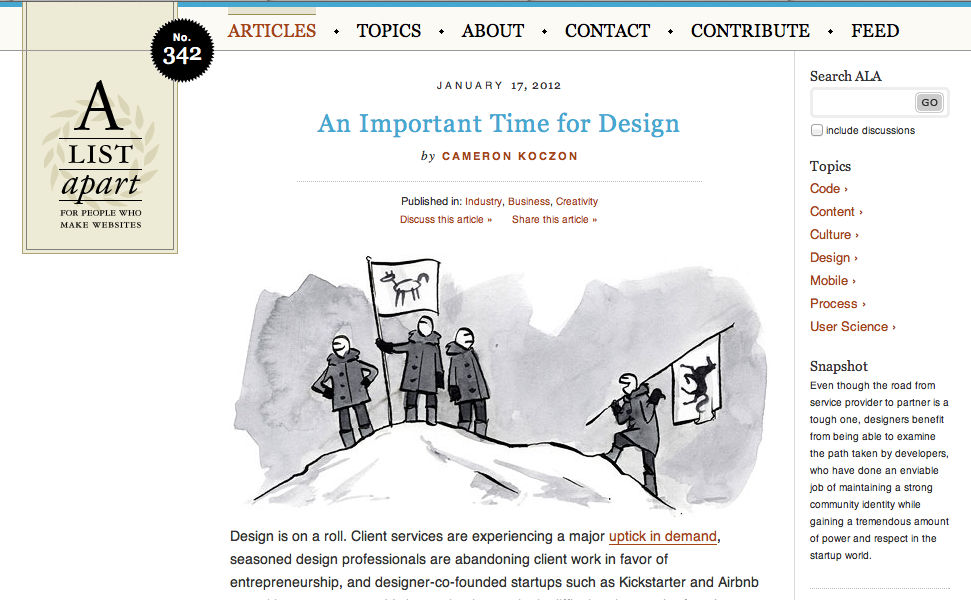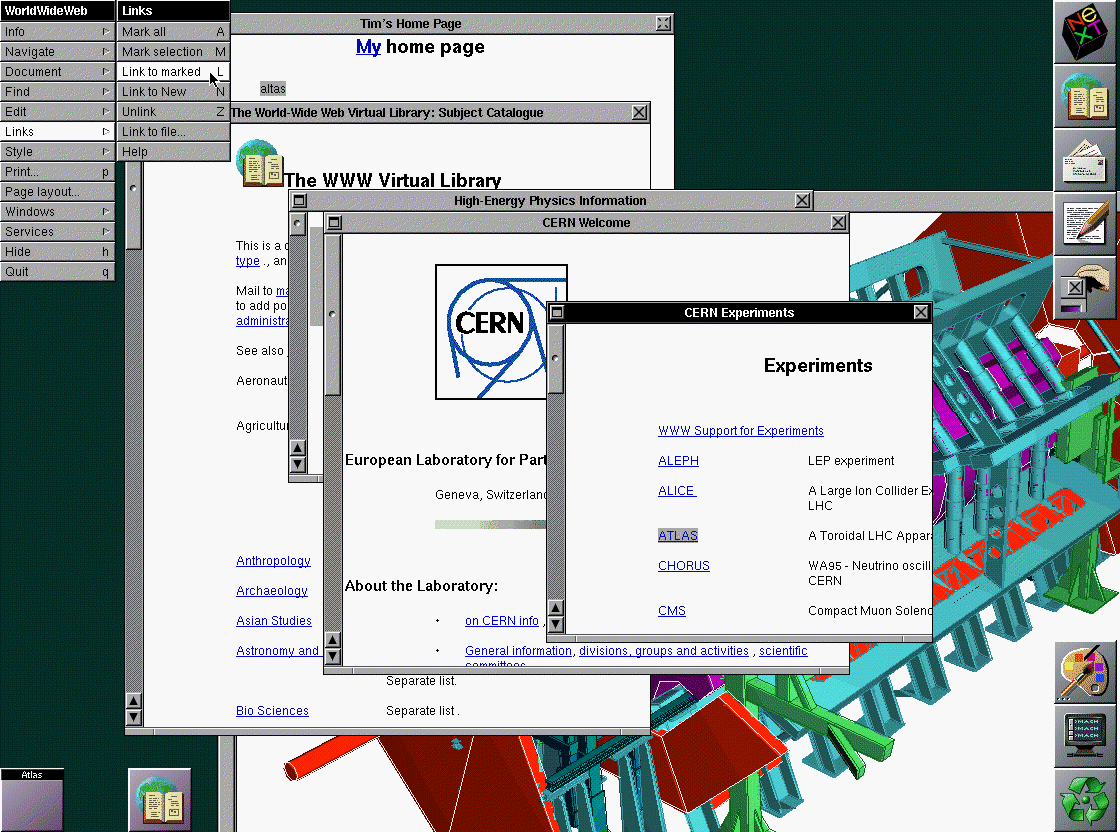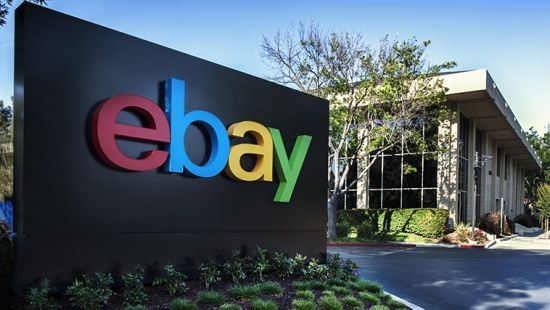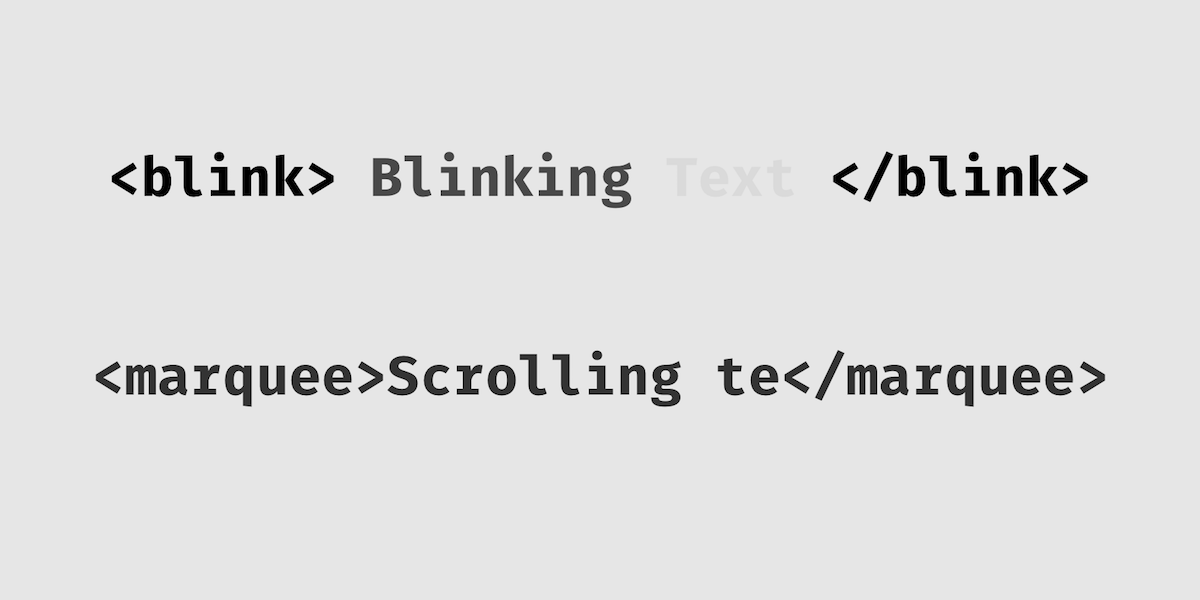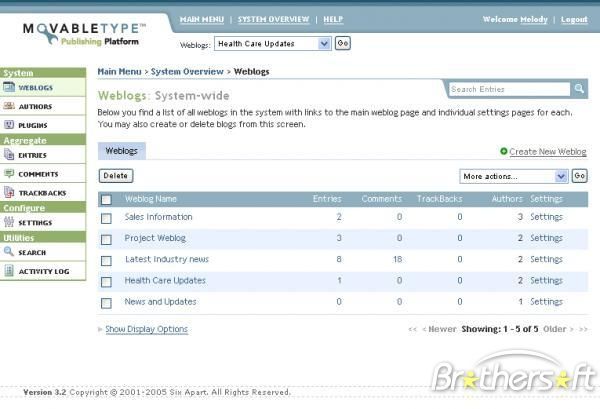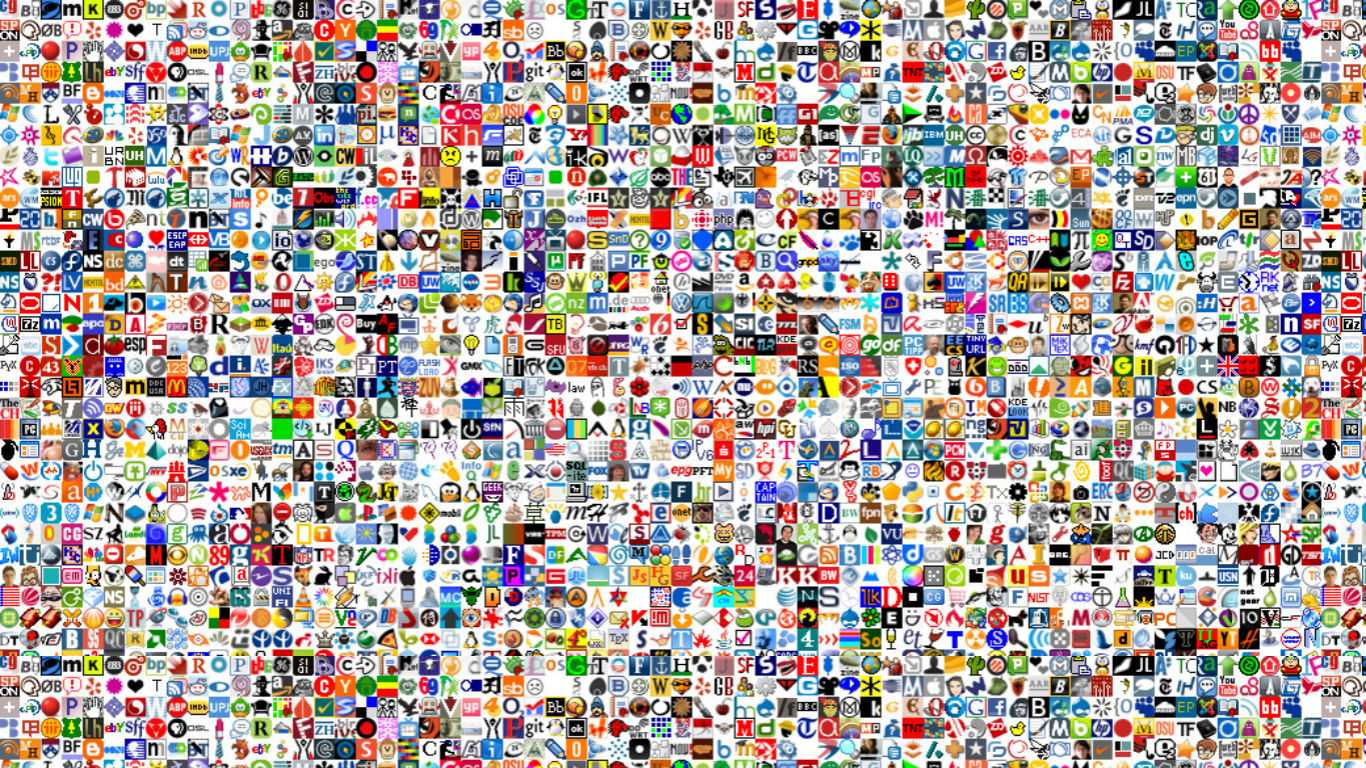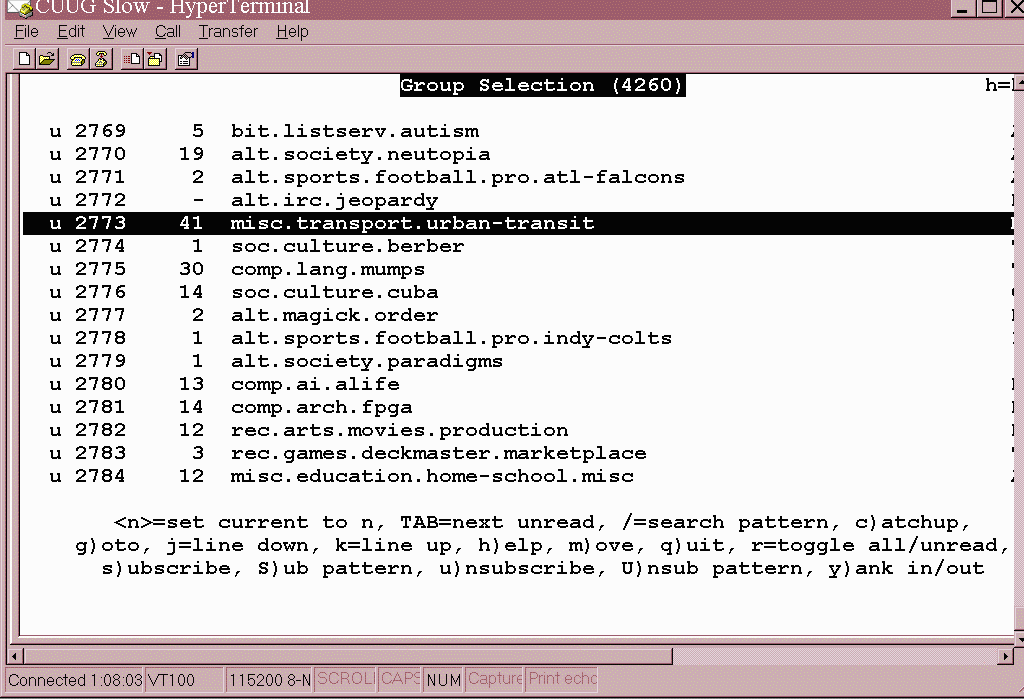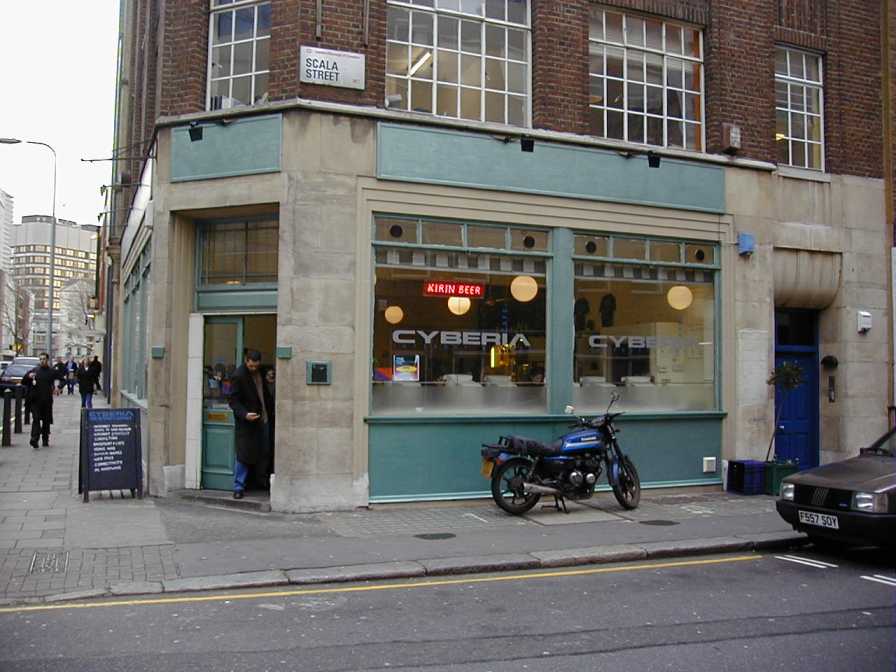Jay Hoffmann
Year of A List Apart

I’d really recommend reading a thread on Eric Meyer’s blog from early 2007. In it, he poses a pretty simple question for his regular readers: What do you consider to be some of the most important events in the history of CSS and web design? There are a lot of different answers, and more then a few… Continue reading
A Sense of Community: From Newgrounds to MLKSHK

Communities on the web often formed around common interests and niches. As they grew, their utility began to shift to more mainstream elements Continue reading
The Web’s First (And Second) Browser

The web’s first browser featured full color, read/write capabilities, and multiple windows. The second browser was a text-only command line tool. Guess which one people actually used? Continue reading
The Decade-Long Path to Web Fonts

The web has a long and storied history with text, typography and fonts. Most content on the web is text. And at the very least, typography accounts for 95% of web design. But this is the story of fonts, that fundamental building block of design. In 2009, the WOFF font format was developed, and subsequently sent to… Continue reading
eBay, API’s, and the Connected Web

There’s this story about Ebay and Pez that used to go around. It goes something like this: Pierre Omidyar, the founder of Ebay, was looking for something to do after moving to San Jose from Boston and selling his first startup, an ecommerce pen computing platform named eShop, to Microsoft. At the time, Omidyar’s fiancee… Continue reading
The HTML Tags Everybody Hated

It’s easy to forget that HTML, which is an extremely simple programming language, is actually just an exceedingly complex markup language. HTML was one of the original building blocks of the web, and its used by web developers to mark-up (or describe) a page with agreed-upon HTML tags that, when rendered by a browser, spits out a website. The agreed-upon part… Continue reading
The Evolution of Blogging

By 2001, the world blog had entered Internet vernacular, both as a noun and a verb. Mena Trott was one of these bloggers. Her site, A Dollar Short, went up in April of 2001. With the launch of her site, Trott aimed big. She loved blogging, and she aspired to be one of the best. So she set… Continue reading
Flash And Its History On The Web

Flash is a definitive part of the web’s history. And like many technologies that get caught in the web’s web, it has a rather storied history of its own. But from basically the beginning, it’s development has run parallel to the web’s. Flash got started, conceptually, the day that Jonathan Gay met Charlie Jackson at… Continue reading
Wikipedia: The Story of Collective Knowledge

Wikipedia is a free, online, user-edited and user-contributed encyclopedia. It is also a stupendously simple and almost inevitable idea, but has proven to be nothing short of revolutionary. Certainly, much has been made of Wikipedia over the years. It has served as a case study for the reliability of truth within crowd-sourced material, the strength… Continue reading
How We Got the Favicon

The favicon was a total experiment, the result of a bit of serendipity and luck. Continue reading
The Importance of Being on Usenet

Ever wondered how people found about the web. The first transmission of its existence was a digital one, a Usenet post that sparked a following of early web pioneers. Continue reading
The Window at the Cafe

Thanks to the web, in 1999 (or thereabouts), you might find yourself at home, staring at the virtual window of your computer screen, looking out the very real windows of your favorite cyber café. Continue reading

